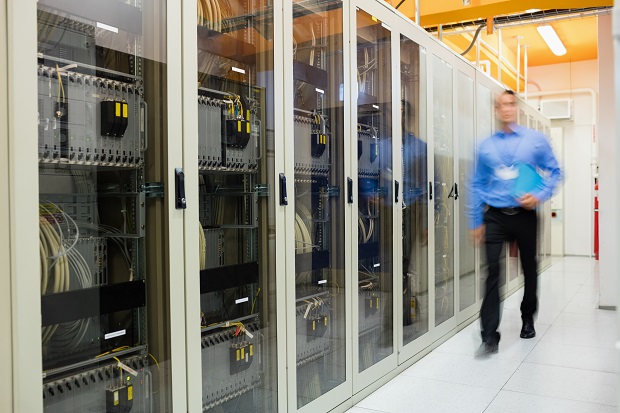It’s a question that actually has greater depth than might be expected.
Right away this is apparent when we consider what might be your first port of call when assessing resilience: a data centre’s tier classification. Levels of protection and design decisions at two data centres within a given tier classification can actually be markedly different – a reality that can lead to misplaced confidence and false reassurance for the uninitiated.
So, with the understanding that there are nuances to be aware of when it comes to tier classification, what should you be checking when grading your provider’s ability to ensure continuity of service and reduce the risk of downtime for your business and customers?
